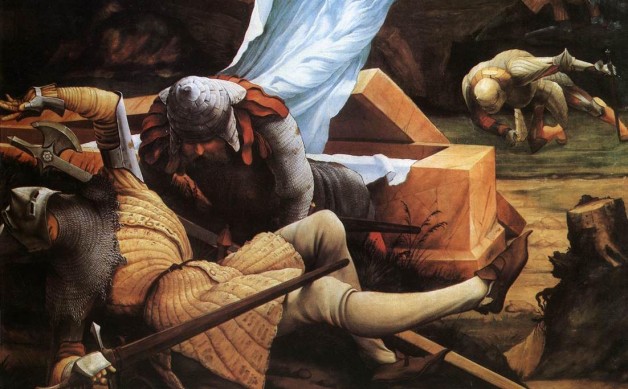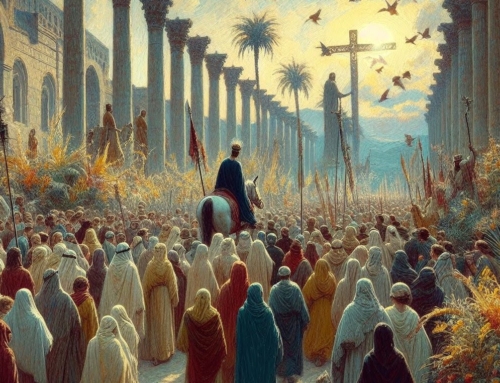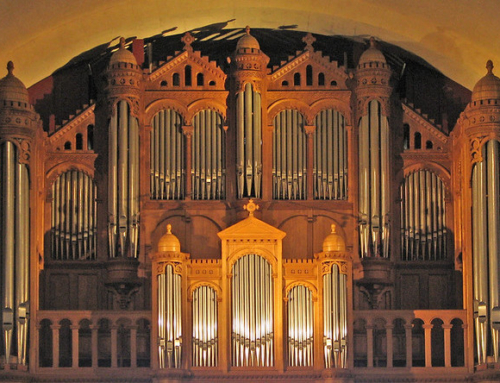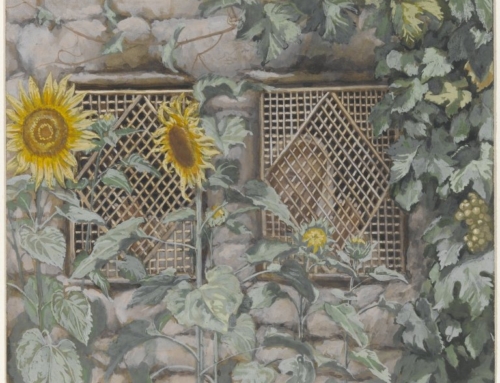Jesus Christ is risen! Alleluia!
That’s right, I said the “A” word, and I’ll say it again. Alleluia! This word has been entirely absent during the forty days of Lent, and now it reappears with renewed vigor. It finds every nook and cranny to make its home. In the Divine Office it is sung at the end of each and every antiphon. It infiltrates our prayer to such an extent that we cannot help but remember that this is the Easter season, the season of the Resurrection.
The Resurrection marks not only our prayer, but our lives as well. We repeat this acclamation of joy over and over again because we are filled with joy. Jesus has risen from the dead and restored life to the world. Resurrection, you might say, is the distinctive mark of Jesus, because only God can give life to the dead.
Before his Passion, Jesus signals the importance and imminence of his Resurrection in many ways. To take one example, when his dear friend Lazarus dies, He comes to his tomb and has a discussion with his sister, Martha. He tells Martha that Lazarus will rise again, and Martha, thinking that Jesus is referring to some far distant event, agrees that her brother will indeed rise again on the last day. But Jesus goes a step further and states, “I am the resurrection and the life; he who believes in me, though he die, yet shall he live, and whoever lives and believes in me shall never die. Do you believe this?” (John 11:25-26). Martha, full of faith, replies, “Yes, Lord; I believe that you are the Christ, the Son of God, he who is coming into the world” (John 11:27).
Unfortunately, Martha’s strong faith is short lived. When Jesus commands that the stone be taken away from Lazarus’s tomb, Martha speaks up again, but this time it is not another proclamation of faith. Now she questions Jesus and says, “Lord, by this time there will be an odor, for he has been dead four days” (John 11:39). She doubts the power of Christ to raise her brother. And Jesus responds to her doubt with a question: “Did I not tell you that if you would believe you would see the glory of God?” (John 11:40).
At the Easter Vigil, those to be baptized solemnly and publicly profess their faith for the first time, and all the assembled faithful later renew their baptismal promises. At this moment I cannot help but think that they—and we—are standing in Martha’s place as she professes her faith in Christ. Jesus asks us, “Do you believe that I am the Resurrection and the Life?” And we, his mystical Body on earth, respond with confidence and love, “Yes, Lord, I believe.”
But, just as Martha is a model of faith, so too she shows us how quickly we can turn from professing faith in Christ to doubting his actions. She reminds us that we can always grow in our faith, for, even as we desire to have the faith that she had, we also want a stronger faith than she had. We want this because of what Christ says to her (and, through her, to us): “If you would believe you would see the glory of God.” The glory of God is what we are created for, and so it is the only thing that will ultimately fulfill our desires. Deeper faith means deeper fulfillment.
Yes, faith brings new life and, with new life, joy—so much joy, in fact, that it is hard to contain. It brims over in the constant acclamation, “Alleluia!” Even though it is repeated through the whole Easter season, I will not grow tired of this word, because it reminds me that Jesus, who is himself the Resurrection, has raised us from death to new life.
Jesus Christ is risen! Alleluia!
✠
Image: Matthias Grünewald, The Resurrection







